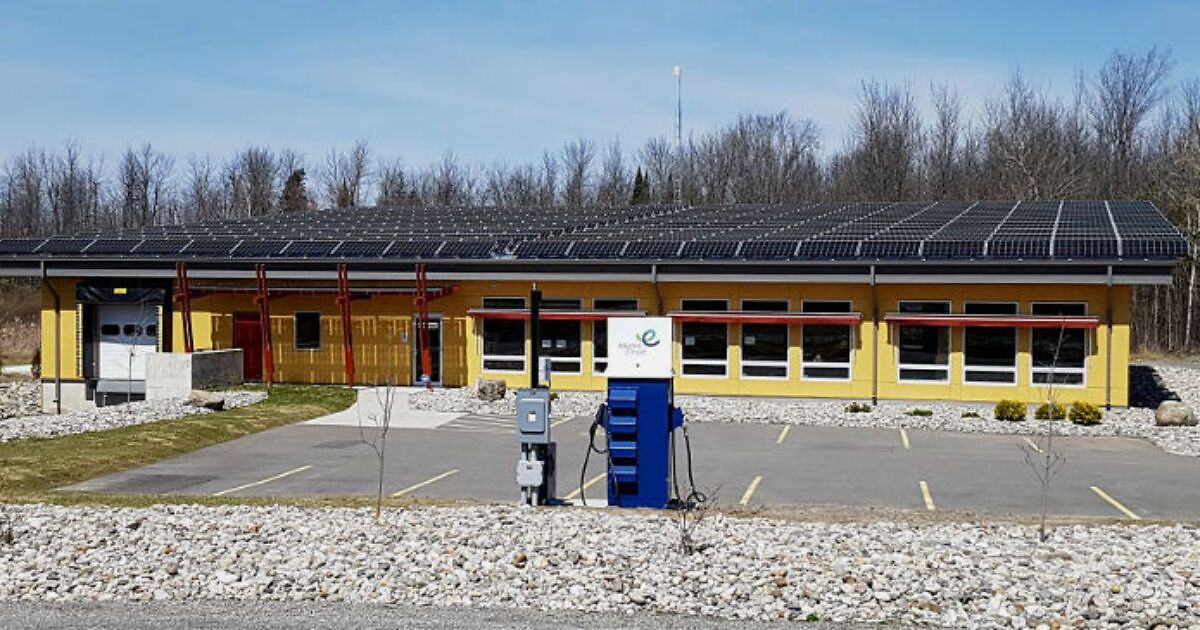BoSho
New Member
I'm a Solar newb but have long awaited Solar's affordability before making any moves. The goal is to power a small cottage with a couple of 24v 280ah eve batteries and Solar panels collecting during the week. I have seen Will talk about batteries lasting virtually forever as far as my life goes based on keeping them running between 20% and 80% SOC. I am also seeing people say that they really need to be kept around 50% for optimal storage when not in use.
From those 2 ideas it makes me think I just need to cycle them 1 or more times every month and they would be fine as a Winter Backup and then use them at the cottage the rest of the time.
Can folks confirm that letting batteries sit from time to time won't make a difference?
From those 2 ideas it makes me think I just need to cycle them 1 or more times every month and they would be fine as a Winter Backup and then use them at the cottage the rest of the time.
Can folks confirm that letting batteries sit from time to time won't make a difference?



